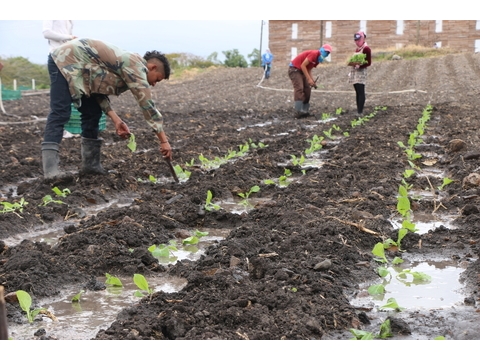Piloto Cubano: History and Characteristics

Piloto Cubano is a tobacco plant primarily grown in the Dominican Republic and Central America. This tobacco has a comparatively high nicotine content and delivers a sharp flavor. Cigar manufacturers often blend Piloto with other tobaccos in the filler to enhance the taste. Because of this usage, smokers find Piloto Cubano in many cigars outside of the Dominican Republic as well.
History of the Piloto Cubano Tobacco Variety
The history of Piloto Cubano is surrounded by several stories. During the Cuban Revolution, numerous *Torcederos*, or Cuban cigar makers, fled the country. Some settled in the Dominican Republic. The name Carlos Torano is often mentioned in this context—he emigrated to the Dominican Republic to build a new cigar industry, bringing with him Piloto Cubano seeds from Cuba. His cigars quickly gained popularity as they matched the quality of Cuban cigars, thanks to Piloto Cubano.
Jose Pepe Mendez is another name frequently associated with the story of Piloto tobacco. He left Cuba in 1960 after Fidel Castro nationalized the tobacco industry, including Mendez's family business, which was one of Cuba's most popular cigar firms at the time. After residing in the U.S. and Spain, Mendez found a new home in the Dominican Republic, where he began cultivating Piloto Cubano. He wasn’t the only one to flee Cuba during that era and craft Cuban-style cigars abroad. Allegedly, Mendez had valuable tobacco seeds sent to him from his homeland by mail. His company remains successful to this day and is run by Mendez’s son-in-law, Siegfried Maruschke. The company is known for cultivating tobacco for Laura Chavin cigars.
Cultivation of Piloto in the Dominican Republic
Piloto Cubano is mainly cultivated in the Cibao Valley (“fertile valley”) located in the northern part of the Dominican Republic. As a result, several nearby villages are known for producing this intense tobacco: Navarette, La Canela, and Villa Gonzalez. The Cibao Valley is ideal for growing tobacco, with its microclimate offering abundant sunlight and afternoon breezes to prevent overheating of the plantations.
Piloto Cubano is one of the three pillars of tobacco culture in the Dominican Republic. San Vicente, a variation of Piloto, is grown in the southern part of the country. This tobacco is somewhat milder in strength and flavor than Piloto. The third local tobacco, Olor Dominicano, is the only original Dominican seed variety. It is considerably milder in flavor and is used in many light, aromatic cigars.






